.png)
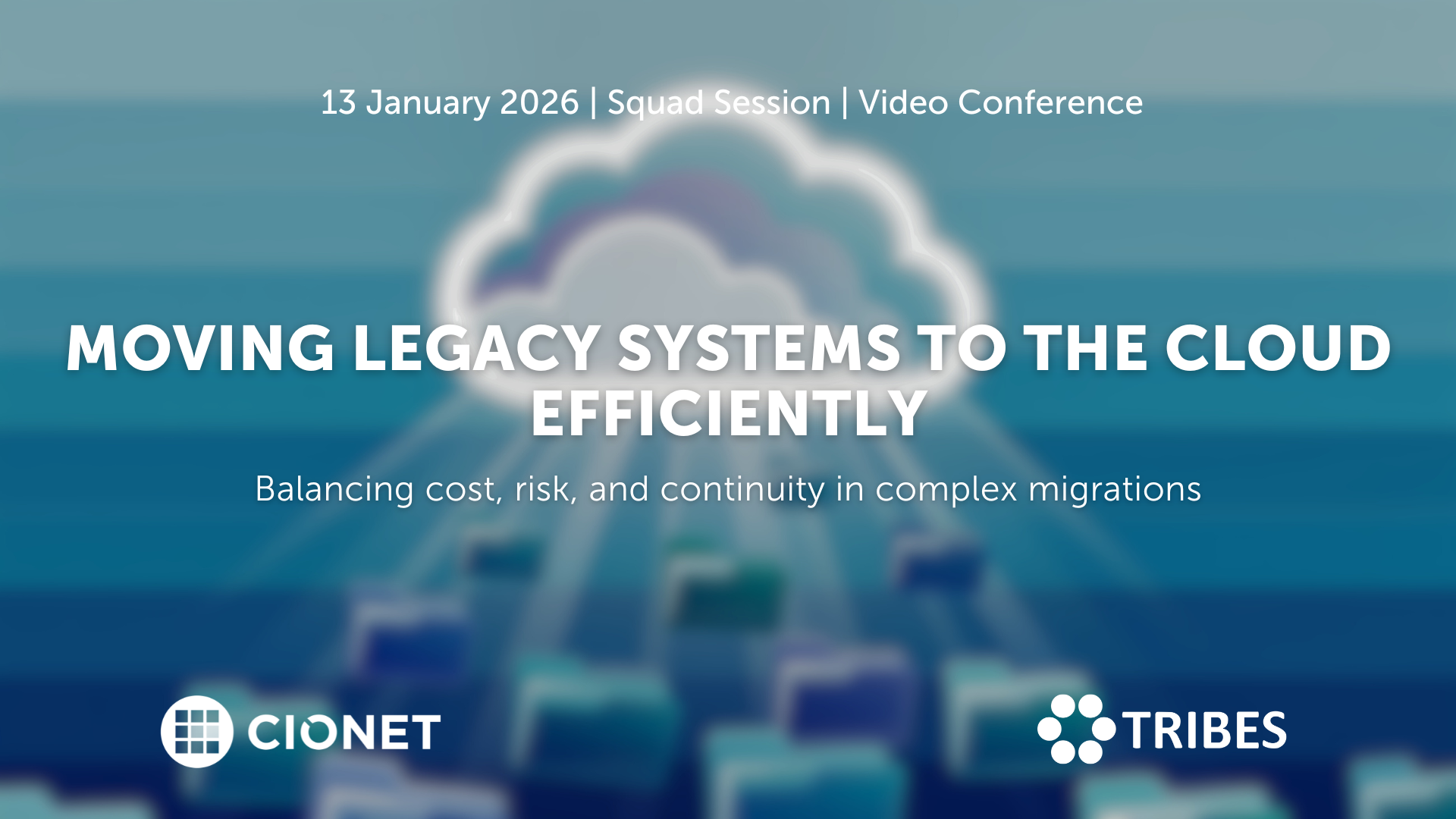
Belgium 13-1-26 Squad Only Virtual english
Migrating legacy systems to the cloud remains one of the toughest balancing acts in IT. Every choice affects stability, cost, and trust at once, and what starts as a modernisation effort quickly turns into a negotiation between ambition and reality. Suddenly budgets rise, dependencies appear late, and timelines tighten as old architectures collide with new expectations. In the end, success depends on sequencing, ownership, and aligning business priorities with infrastructure limits, and not only on technical readiness. Making it work requires more than a plan on paper. Knowing which systems genuinely belong in the cloud, which can wait, and which should stay put shapes the entire roadmap and defines its success. Each refactoring decision sets the level of future flexibility, but it also drives cost and risk. The trade-offs between speed, sustainability, and resilience only become clear once migration begins and pressure builds. Let’s discuss how to plan migrations that stay on track, manage hidden dependencies, and handle downtime with confidence. Let’s also discuss how governance, testing, and vendor coordination keep progress visible and credible. Are you in? A closed conversation for those who turn cloud migration from a disruption into a long-term advantage.
Read More.png)
Belgium 20-1-26 All Members Physical english
CIOs today are being judged less as technology leaders and more as portfolio managers. Every euro is under scrutiny. Boards and CFOs demand lower run costs, higher efficiency, and clear ROI from every digital initiative. Yet, they also expect CIOs to place bets on disruptive technologies that will keep the enterprise competitive in five years. This constant tension is redefining the role. In this session, we go beyond FinOps and cost reporting to tackle the strategic financial dilemmas CIOs face.
Read More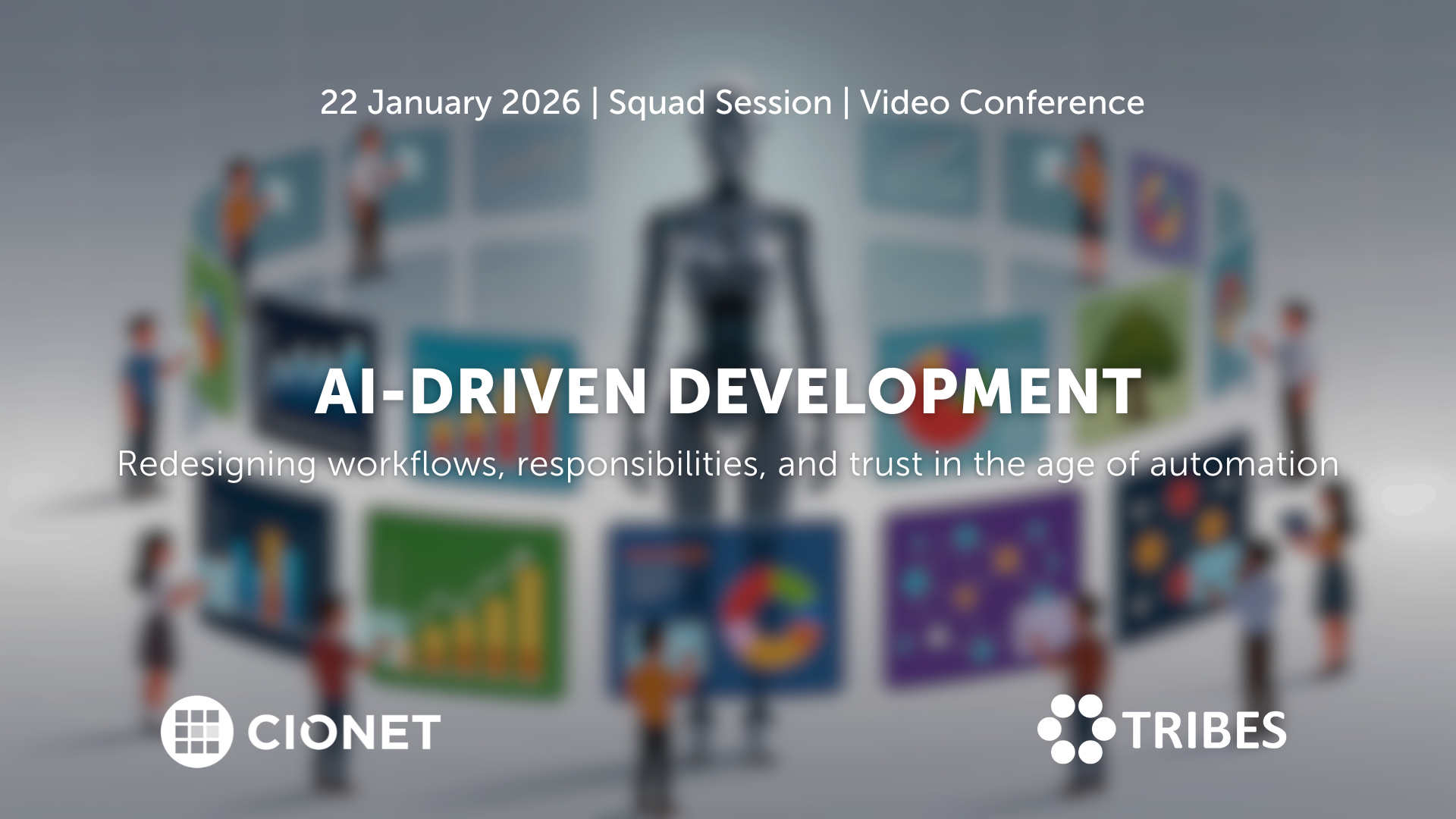
Belgium 22-1-26 Invitation Only Virtual english
AI coding assistants entered development teams quietly, but their impact grows by the day. What started as autocomplete now shapes architecture decisions, documentation, and testing. And when productivity gains are visible, so are new risks: security blind spots, uneven quality, and the slow erosion of shared standards. Teams move faster, but not always in the same direction. The challenge has become integration rather than adoption. And new questions have risen: how do you blend automation into established practices without losing oversight? When is human review still essential, and what should the rules of collaboration between developer and machine look like? As AI tools learn from proprietary code, where do responsibility and accountability sit? Let’s talk about how to redefine those workflows, balancing creativity with control, and protecting code quality in a hybrid human-AI environment. A closed conversation on where AI accelerates progress, where it introduces new debt, and how development culture must evolve to stay credible.
Read More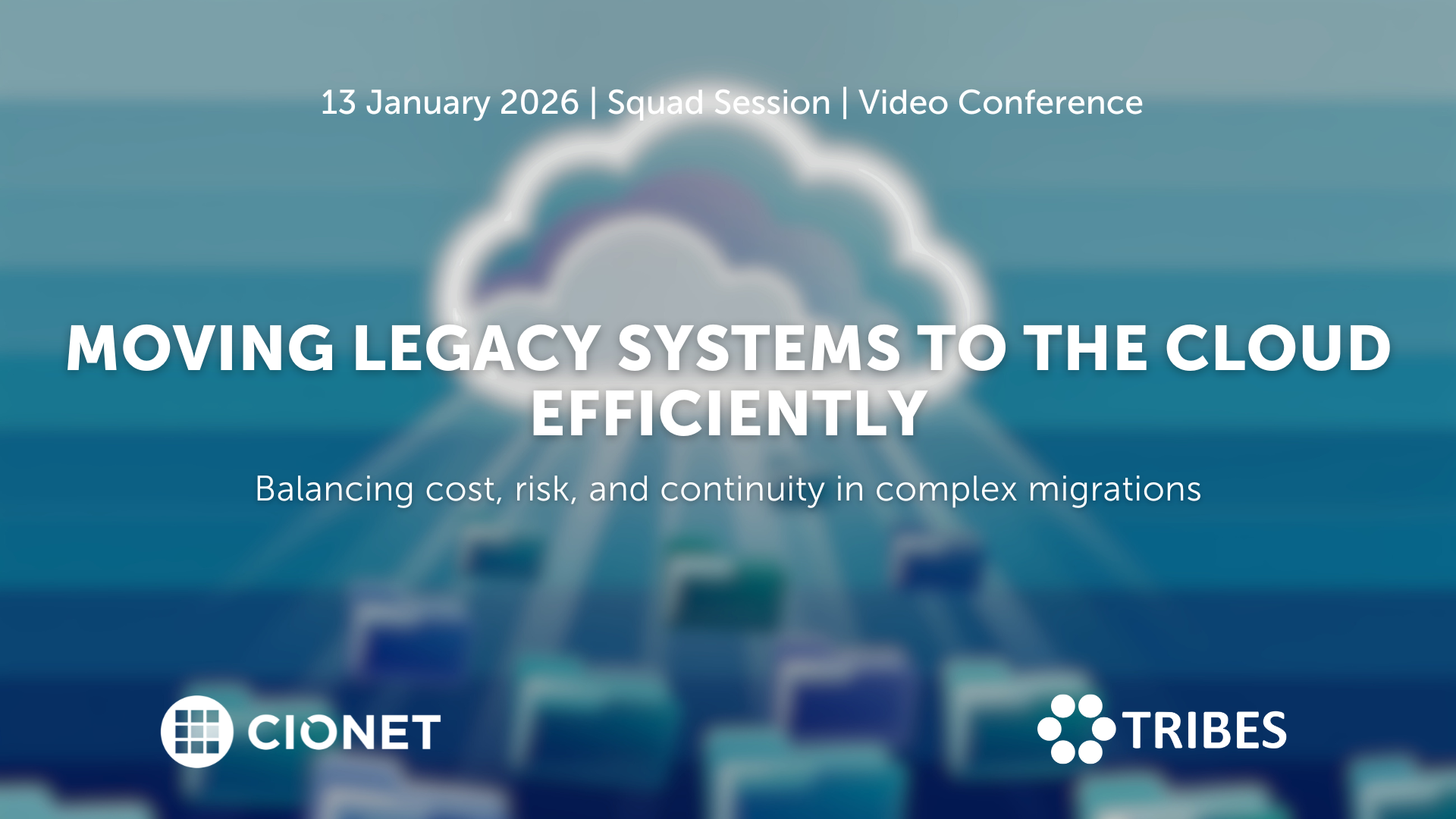
January 13, 2026 Squad Session Invitation Only Virtual english
Migrating legacy systems to the cloud remains one of the toughest balancing acts in IT. Every choice affects stability, cost, and trust at once, and what starts as a modernisation effort quickly turns into a negotiation between ambition and reality. Suddenly budgets rise, dependencies appear late, and timelines tighten as old architectures collide with new expectations. In the end, success depends on sequencing, ownership, and aligning business priorities with infrastructure limits, and not only on technical readiness. Making it work requires more than a plan on paper. Knowing which systems genuinely belong in the cloud, which can wait, and which should stay put shapes the entire roadmap and defines its success. Each refactoring decision sets the level of future flexibility, but it also drives cost and risk. The trade-offs between speed, sustainability, and resilience only become clear once migration begins and pressure builds. Let’s discuss how to plan migrations that stay on track, manage hidden dependencies, and handle downtime with confidence. Let’s also discuss how governance, testing, and vendor coordination keep progress visible and credible. Are you in? A closed conversation for those who turn cloud migration from a disruption into a long-term advantage.
Read More
January 22, 2026 Squad Session Invitation Only Virtual english
AI coding assistants entered development teams quietly, but their impact grows by the day. What started as autocomplete now shapes architecture decisions, documentation, and testing. And when productivity gains are visible, so are new risks: security blind spots, uneven quality, and the slow erosion of shared standards. Teams move faster, but not always in the same direction. The challenge has become integration rather than adoption. And new questions have risen: how do you blend automation into established practices without losing oversight? When is human review still essential, and what should the rules of collaboration between developer and machine look like? As AI tools learn from proprietary code, where do responsibility and accountability sit? Let’s talk about how to redefine those workflows, balancing creativity with control, and protecting code quality in a hybrid human-AI environment. A closed conversation on where AI accelerates progress, where it introduces new debt, and how development culture must evolve to stay credible.
Read More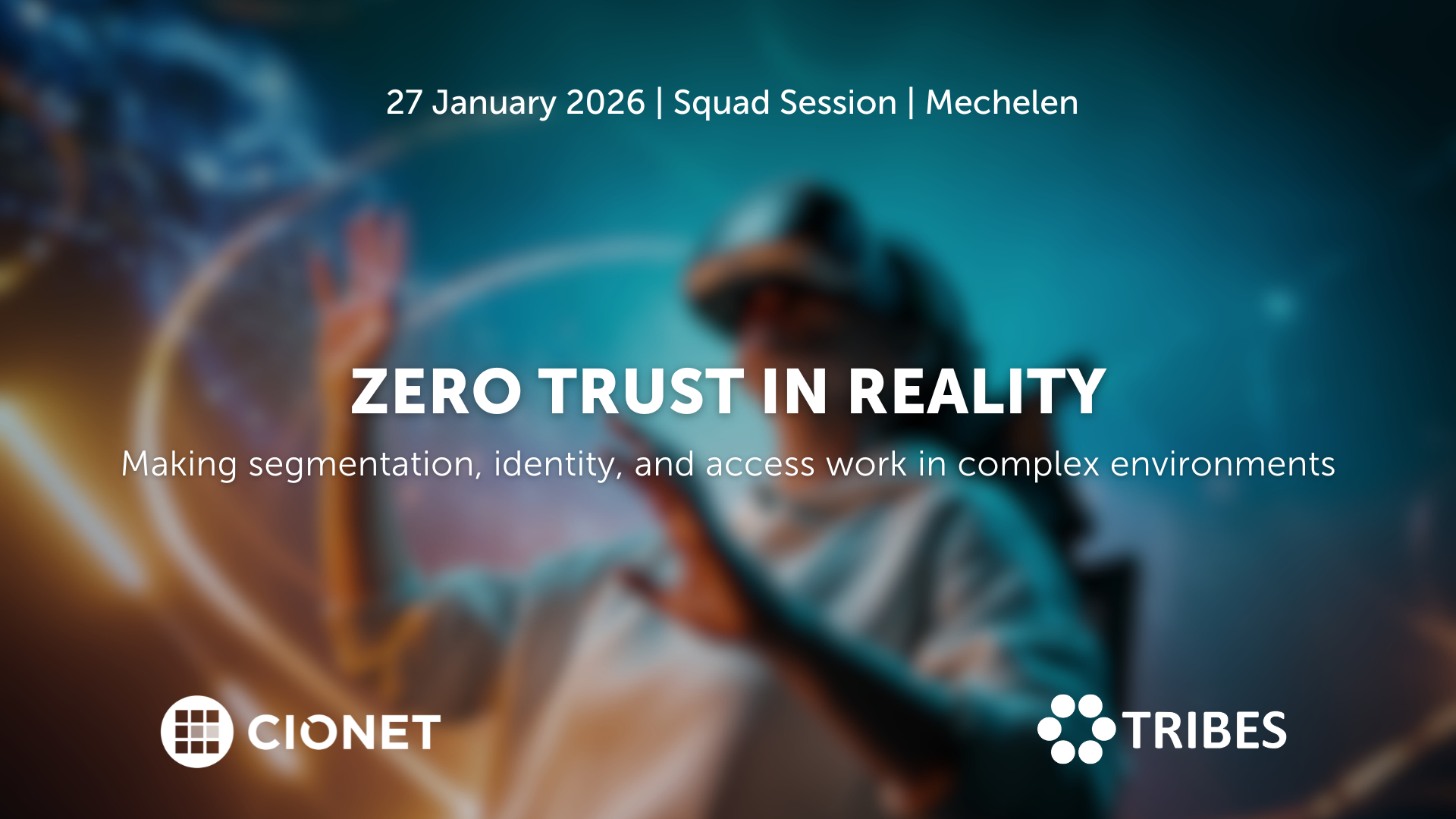
January 27, 2026 Squad Session Invitation Only Physical english
Zero Trust sounds simple on paper: trust no one, verify everything. But once you start implementing it, the fun begins. Legacy systems, hybrid networks, and human habits don’t read the manual. The idea is solid; the execution, not so much.
Read More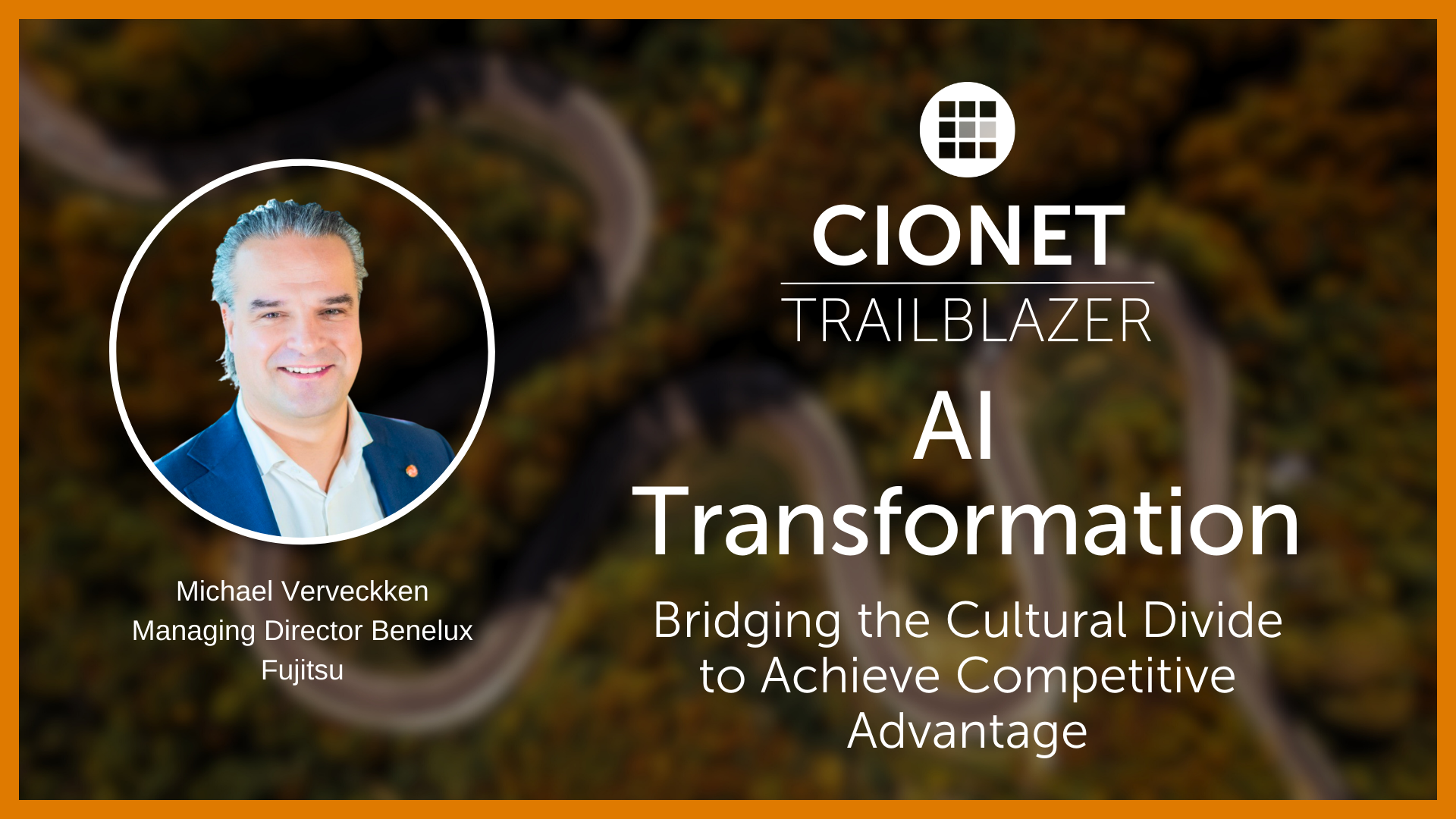
CIONET Trailblazer: AI Transformation: Bridging the Cultural Divide to Achieve Competitive Advantage
Published on: December 17, 2025 @ 9:16 AM
Protecting 182 million wireless customers from harm
AT&T, facing massive data challenges and legacy infrastructure limitations, transformed its operations using Databricks. By unifying data and AI, they created over 100 ML models to combat fraud, optimize dispatch, and improve customer experience.
AT&T had been operating their on-prem environment for years. While they were utilizing data analytics for different use cases, it became clear that they’d outgrown their legacy infrastructure as the types and amount of data expanded. Critical interventions in fraud detection and security required the participation of dozens of teams across different systems to first acquire fraud insight data, and then feed that data to retail, call center, and online systems for alerting and notification. The process was protracted, inefficient, resource-heavy and expensive. More importantly, it was reactive instead of proactive. The rule-based technology used to detect fraud made it difficult to stay ahead of bad actors, especially with the growing number of sophisticated fraud attempts plaguing both customers and their own business.
Similar to fraud detection, AT&T also struggled to gain the real-time insights and automation necessary to optimize dispatch. On their legacy system, AT&T could not unify data points to match a technician’s troubleshooting skills to the customer issue and location. Each unsuccessful attempt to solve an issue increased operational costs while impacting customer experience.
Kate Hopkins, Vice President of AT&T, says, “We wanted to take care of these things automatically. How can we stop robocalling and robotexting? How can we match a tech with the right skills to solve a problem, while also taking into account traffic and weather to predict when they’ll arrive at the house? We couldn’t answer these questions on-prem. It was clear that we had largely tapped the technology that was available to us.”
AT&T is using data and AI to deliver predictive solutions that protect its customers from fraud. Moving from an on-premises architecture to a cloud-based lakehouse allows AT&T to take in all kinds of data, standardize it and then run ML models that drive fraud alerts in real time.
AT&T chose to migrate to the Databricks Data Intelligence Platform because of the open nature of the software and their alignment with the Databricks roadmap. Kate explains, “Every company is moving workloads to the cloud to some extent, but we picked a bolder path. With tools like Databricks and Delta Lake we can get the benefits of the cloud faster. While the other carriers may be doing more lift and shift, we don’t think that’s a recipe for transformation. We’re going to the next level.”
To do so, AT&T first launched Databricks with their data science team. They pumped their on-premises data into Delta Lake, moved their workloads to the cloud, and created a Center of Excellence (CoE) with training and community support to expand adoption and data democratization going forward. Focusing on fraud detection as their first use case, the data science team was able to develop predictive solutions with unified data and AI, and seamless collaboration that stops fraud before it happens. Kate says, “We’re able to ingest huge amounts of structured and unstructured data coming from different systems, standardize it, and then build ML models that deliver alerts and recommendations that empower employees in our call centers, stores, and online.” Building on the positive experience of the data science team, Databricks is being introduced to the data science organizations in AT&T’s business units.
Since moving away from their rules-based fraud system and creating ML models for real-time, automatic fraud detection, AT&T has reduced fraud by up to 80% with over 100 fraud detection ML models in production. “Now that our fraud detection is real time, we can outwit fraudsters and stay ahead of their efforts in areas like fraudsters gaming the system, illegal unlocks, robocalls and robotexts, and identify theft,” says Hopkins.
Fraud detection is just one example of how AT&T can make an impact with scalable, democratized data access and AI on the Databricks Data Intelligence Platform. Moving forward, AT&T will continue to increase adoption for use cases benefiting dispatch, service reliability, quality of coverage, and sales growth. Their goal is to be completely off the AT&T on-prem data lake by 2023.
Looking forward, Hopkins says, “We still get a lot of business benefits from data analytics, but it doesn’t compare to the scale of benefits we can engender when we apply AI. We’re looking to continue that trend and accelerate it. We know that there’s a lot of potential and now we can realize it.”
637 Views 0 Likes Read More
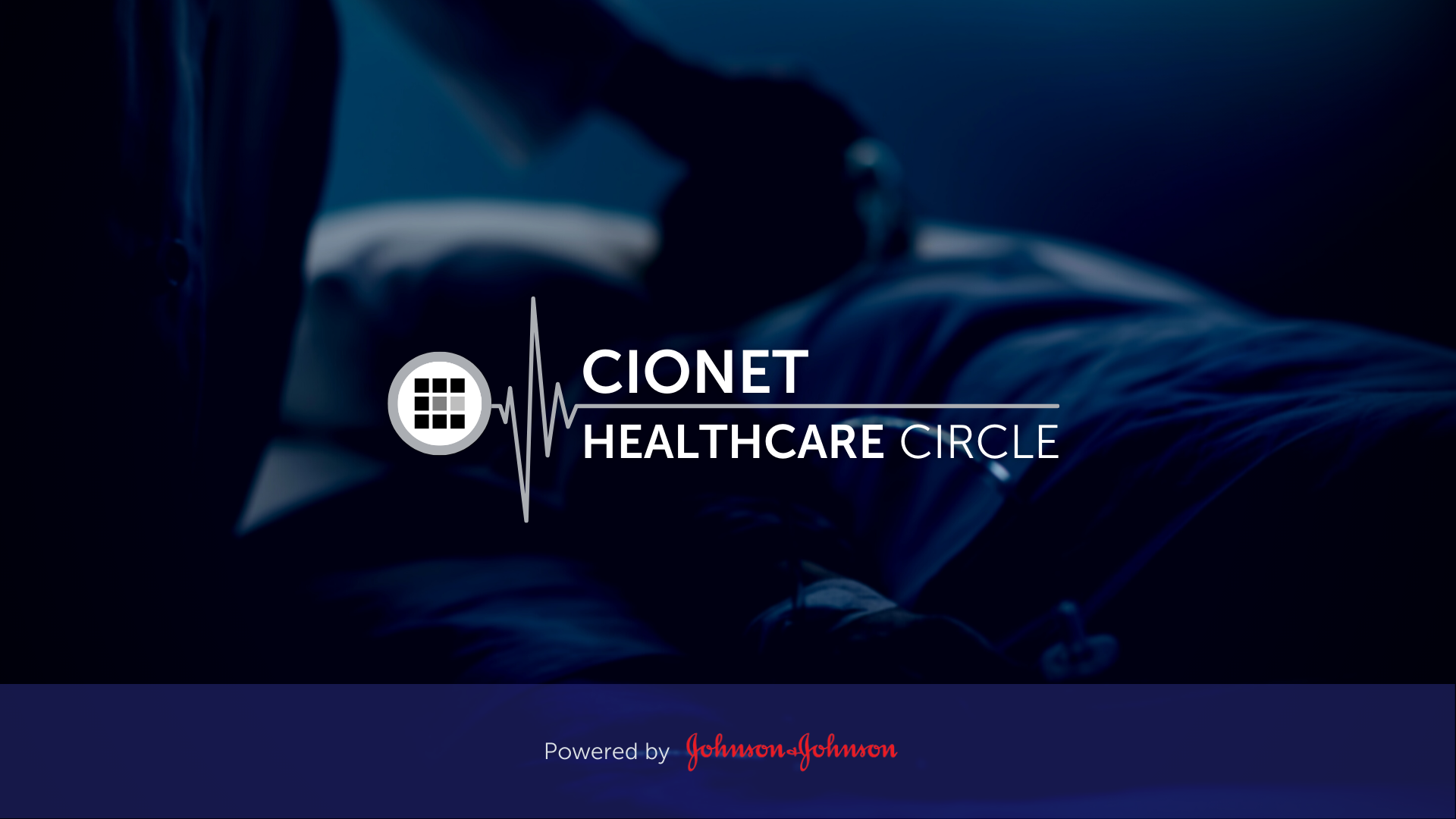
Digital Transformation is redefining the future of health care and health delivery. All stakeholders are convinced that these innovations will create value for patients, healthcare practitioners, hospitals, and governments along the patient pathway. The benefits are starting from prevention and awareness to diagnosis, treatment, short- and long-term follow-up, and ultimately survival. But how do you make sure that your working towards an architecturally sound, secure and interoperable health IT ecosystem for your hospital and avoid implementing a hodgepodge of spot solutions? How does your IT department work together with the other stakeholders, such as the doctors and other healthcare practitioners, Life Sciences companies, Tech companies, regulators and your internal governance and administrative bodies?
Read More
The Telenet Business Leadership Circle powered by CIONET, offers a platform where IT executives and thought leaders can meet to inspire each other and share best practices. We want to be a facilitator who helps you optimise the performance of your IT function and your business by embracing the endless opportunities that digital change brings.
Read More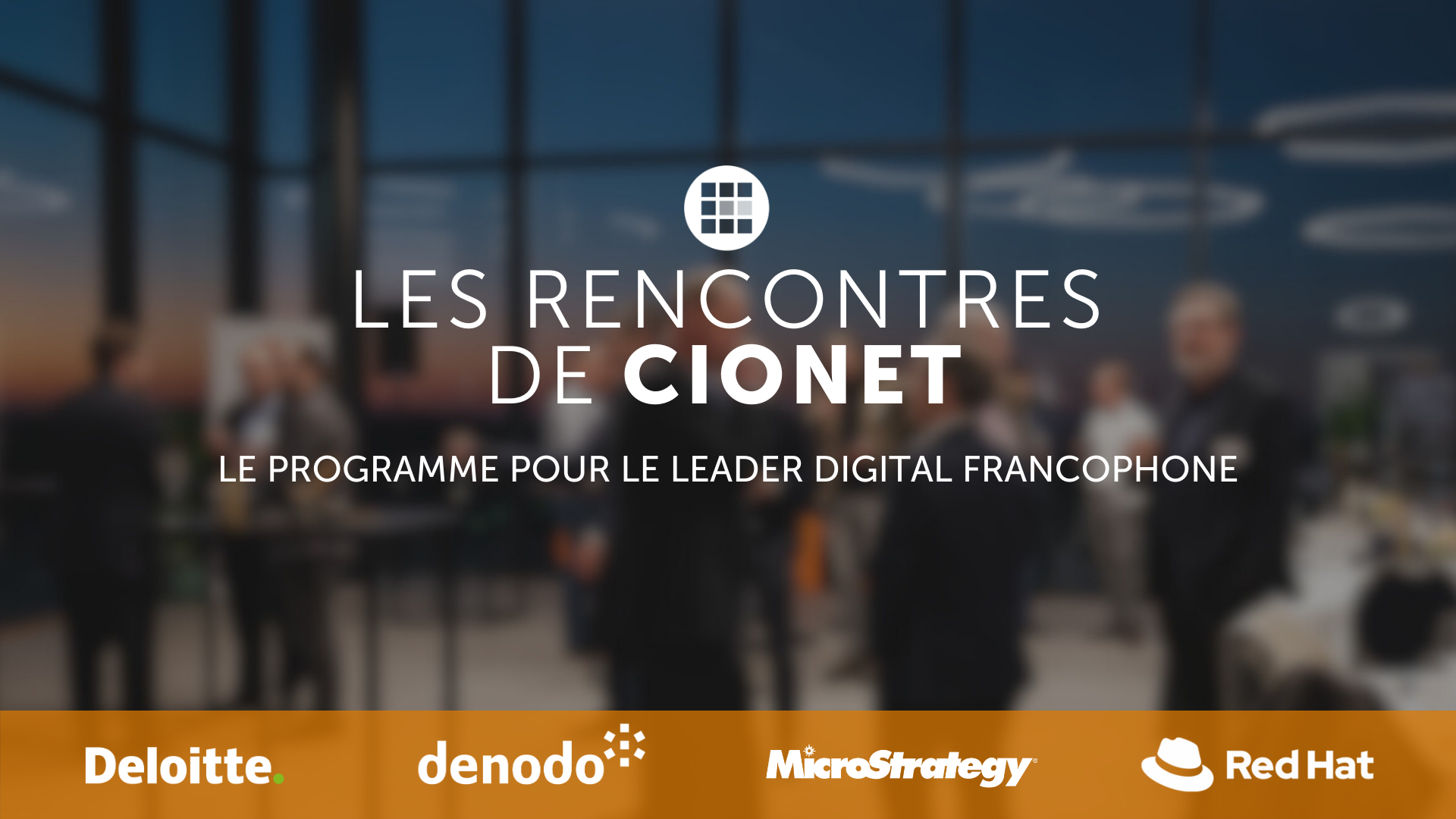
Découvrez la dynamique du leadership numérique aux Rencontres de CIONET, le programme francophone exclusif de CIONET pour les leaders numériques en Belgique, rendu possible grâce au soutien et à l'engagement de nos partenaires de programme : Deloitte, Denodo et Red Hat. Rejoignez trois événements inspirants par an à Liège, Namur et en Brabant Wallon, où des CIOs et des experts numériques francophones de premier plan partagent leurs perspectives et expériences sur des thèmes d'affaires et de IT actuels. Laissez-vous inspirer et apprenez des meilleurs du secteur lors de sessions captivantes conçues spécialement pour soutenir et enrichir votre rôle en tant que CIO pair. Ne manquez pas cette opportunité de faire partie d'un réseau exceptionnel d'innovateurs numériques !
Read More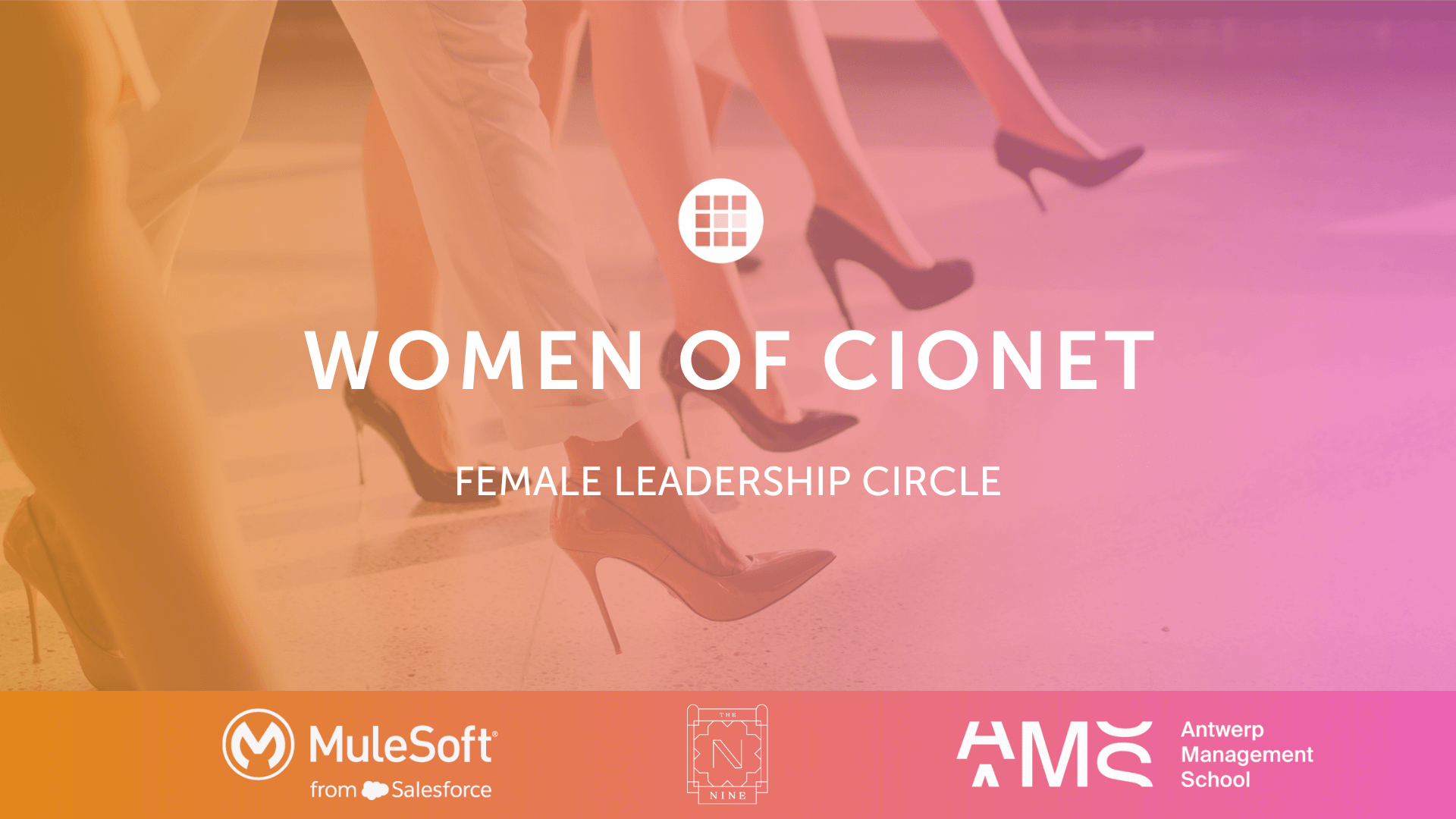
CIONET is committed to highlighting and celebrating female role models in IT, Tech & Digital, creating a leadership programme that empowers and elevates women within the tech industry. This initiative is dedicated to showcasing the achievements and successes of leading women, fostering an environment where female role models are recognised, and their contributions can ignite progress and inspire the next generation of women in IT. Our mission is to shine the spotlight a little brighter on female role models in IT, Tech & Digital, and to empower each other through this inner network community.
Read More


-Apr-01-2022-10-58-34-57-AM.png)





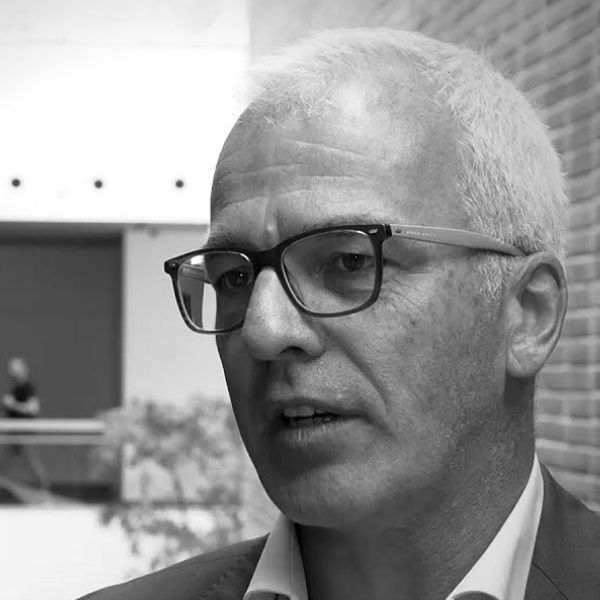


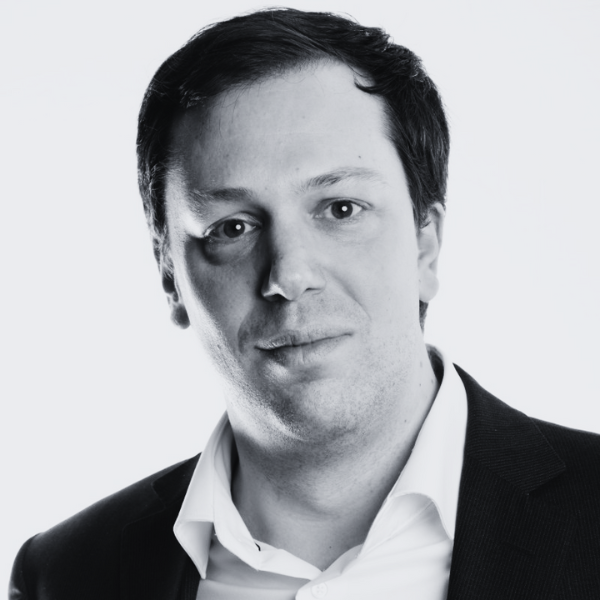


-Dec-13-2023-10-53-15-5032-AM.png)




-Jun-12-2023-01-23-11-7540-PM.png)

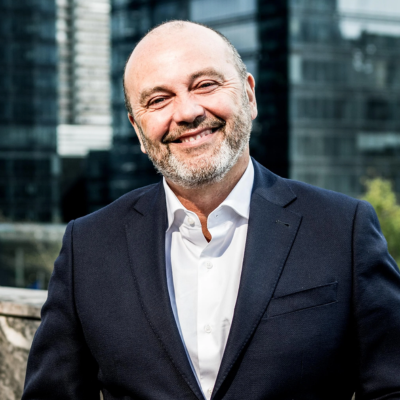



-Apr-01-2022-10-58-34-68-AM.png)


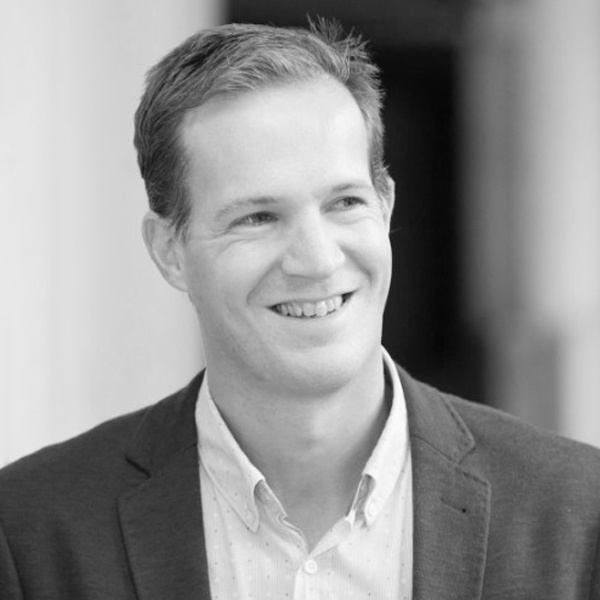
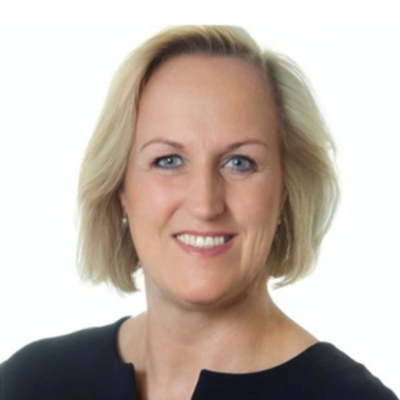






-2.jpg)




-Sep-01-2022-02-47-55-60-PM.png)
-Nov-22-2023-08-56-42-6802-AM.png)
.png)

Would you like to know more about CIONET Belgium, membership or partnership opportunities? Do you have feedback or any other question? Send us a message!
You can either send us a registered handwritten letter explaining why you'd like to become a member or you can simply talk to us right here!